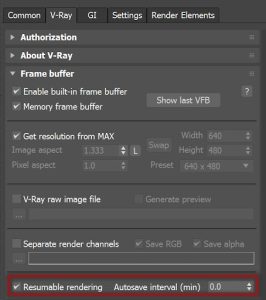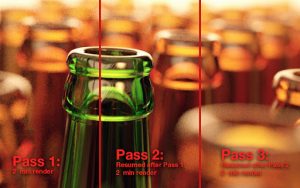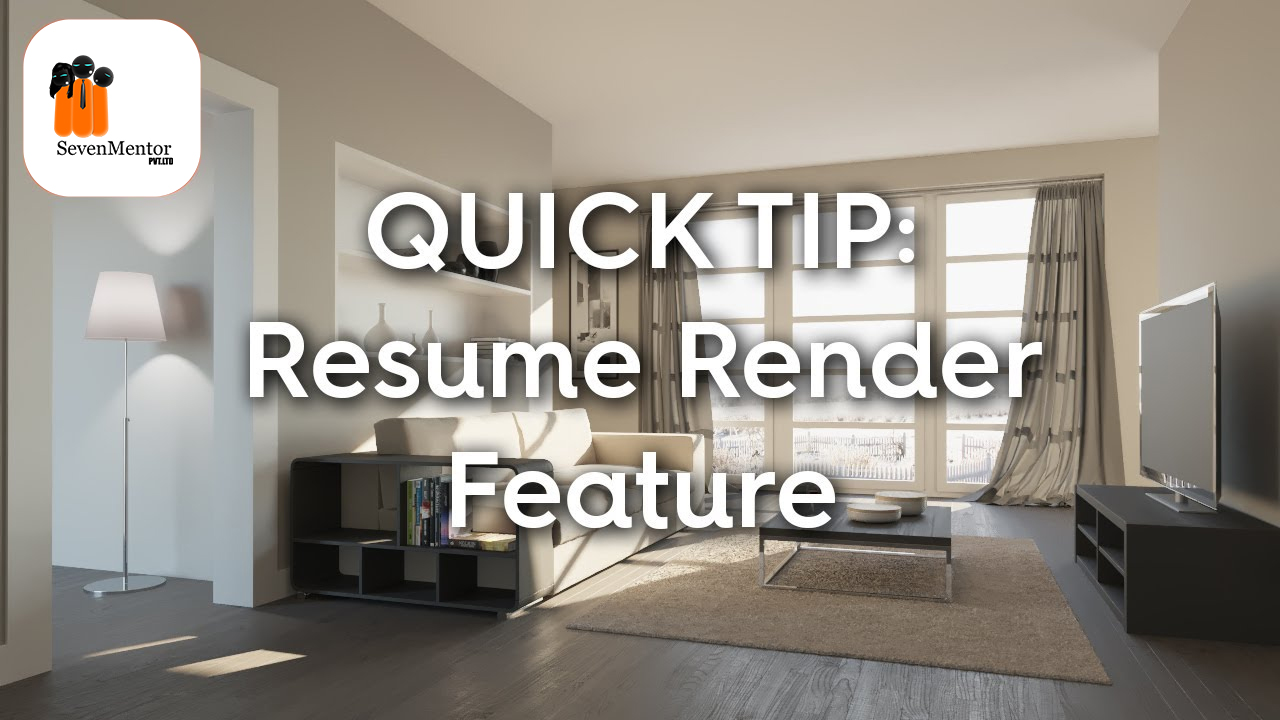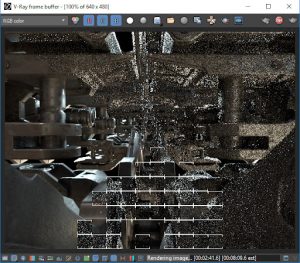What is Resumable Rendering?
In short, resumable rendering is the capability to have deficient renders capsule where they left off. The rendering could have stopped because of some outside circumstance, similar as a power failure, or have been stopped grounded on the requirements of the stoner.
In the coming3.5 service pack of V-Ray, we will be introducing resumable picture as a new point. This will first come out in V-Ray for 3ds Max, and also released for the other platforms. To use it, simply turn on Resumable Rendering in the VFB settings in the render dialogue or pass the- capsule = 1 option to V-Ray Standalone. You’ll also have to set a time interval for incremental saves if you’re using progressive picture.

Please note that this feature is still under development and some of the functionality may change in the final release of the service pack.
For Free, Demo classes Call: 9172939402
Registration Link: Click Here!
Two type of resumable rendering in V-Ray –
As you know, V-Ray has different ways to render. For resumable rendering, the difference is substantially between bucket rendering and progressive rendering.
Bucket rendering –
With bucket rendering, the case is fairly simple. V-Ray writes the image as each bucket drops as part of a sidecar. vrimg train. When the rendering is proceeded, V-Ray reads the partial. vrimg train and picks up on the coming buckets that need to be rendered. The light cache is also stored in the. vrimg train so V-Ray does n’t need to count it when continuing the render.
Progressive rendering –
In this case, you need to set a time interval in the Resumable Rendering settings which tells V-Ray how frequently to save the state of the rendered image so that it can be proceeded from that point forward. V-Ray will save a sidecar. vrprog train that has all the information that V-Ray needs to renew the progressive picture. In addition to the contents of the progressive buffer, the light cache is also stored in the train so that it does n’t have to be recomputed when continuing. After stopping and continuing the rendering, V-Ray will read the. vrprog train and pick up the rendering process where it left off.
For Free, Demo classes Call: 9172939402
Registration Link: Click Here!
A many effects to consider –
Since this process relies on either a sidecar. vrimg or. vrprog train to be saved, it’ll save that train in the directory where you’re saving the final image. Both lines can be large as they contain a lot of data. This is especially true for the. vrprog as it has all the demanded data for the whole image, not just the completed buckets.
When a picture is proceeded, there’s still some medication that needs to be done before the rendering starts that has to be redone. This includes scene fix, and texture lading. The GI light cache is saved, but the irradiance chart isn’t and would have to be recalculated.
Use cases –
Rendering got stopped by outside forces –
There are numerous reasons that an outside situation could have caused a rendering to stop. The computer could have had a power failure, or ran out of ram, or you could have been rendering on the Cloud similar as Google Computer Engine which offers Preemptible VMs. In this last case, the VMs are significantly cheaper at 20 of the cost of standard VMs. The issue is that Preemptible machines can be recalled at veritably short notice. However, a new VM can come back over and renew where the rendering left off, If this happens.
For Free, Demo classes Call: 9172939402
Registration Link: Click Here!
Choosing to stop a render –
A stoner may choose to stop the rendering on purpose. This could be because the current rendering is taking too long and there’s a rendering that of a advanced precedence that needs to be done right down. In that case, you can fluently stop the rendering without losing any progress when you renew it.
Another case could be set up as part of the render ranch policy that all definitions are stopped after certain quantum of time to insure that every shot gets rendered overnight. However, a granulated interpretation of the render will still be available to review and can be proceeded if the rendering looks good enough to warrant the full quality, If you’re using progressive rendering.
Incremental animation rendering –
Depending on your render director, a simple script could be set up so that the entire vitality is rendered for illustration at 5 twinkles a frame and also proceeded to render for another 5 twinkles until the picture has reached the asked quality. This means that no matter what, you’ll have a interpretation of the vitality that can be seen in it’s entirely that will continue to incrementally get better as it stays on the ranch with every pass. Keep in mind that, grounded on the fact that your scene still needs to be loaded, and fixed for every case of the proceeded picture, this in itself can take a bit of time. So it’s recommended that you do n’t do veritably short supplements of your picture similar as 30 seconds.
For Free, Demo classes Call: 9172939402
Registration Link: Click Here!

Conclusion –
Resumable picture is an important point that could drastically change your workflow and choices you make while rendering. It could also greatly reduce the anxiety associated with long renders. We’ve only listed a many exemplifications of uses cases for resumable picture but are eager to hear of other ideas and exemplifications of where this point could change the way you work.
Author:-
Ajinkya Bhosale
© Copyright 2021 | Sevenmentor Pvt Ltd.
Call the Trainer and Book your free demo Class Call now!!!
| SevenMentor Pvt Ltd.


